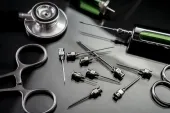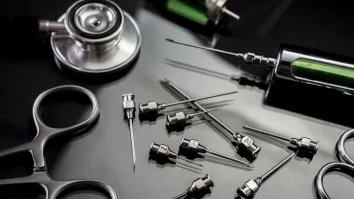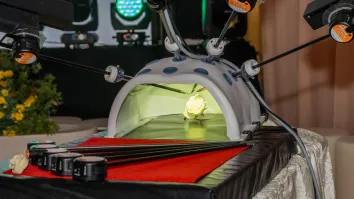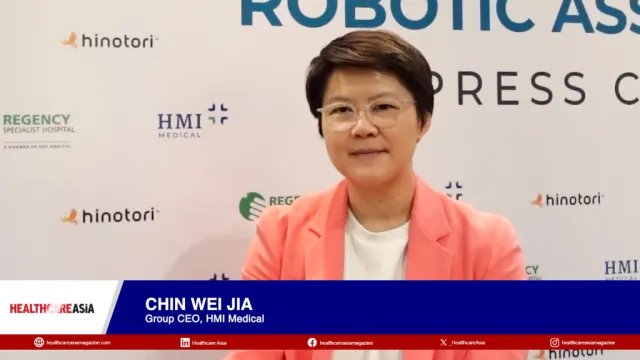
What lies ahead for neuroendoscopy devices?
The increasing adoption of minimally invasive surgeries is fueling the sector.
The global neuroendoscopy devices market is projected to reach $725.62m by 2030 at a compound annual growth rate of 10.63%, according to Research and Markets.
The sector’s expansion is attributed to a rising number of brain tumour cases and the increasing adoption of minimally invasive surgical procedures.
In addition, the rising incidence of pituitary tumours and the growing prevalence of brain cancer are contributing to the market’s expansion.
Traditional craniotomies involve opening the patient’s skull, which carries significant risks, including stroke, haemorrhage, blindness, deafness, and, in severe cases, death.
“Such high risks associated with the conventional surgical procedures of the brain are resulting in replacement by adoption of minimally invasive endoscopic procedures,” the report said.



















 Advertise
Advertise






